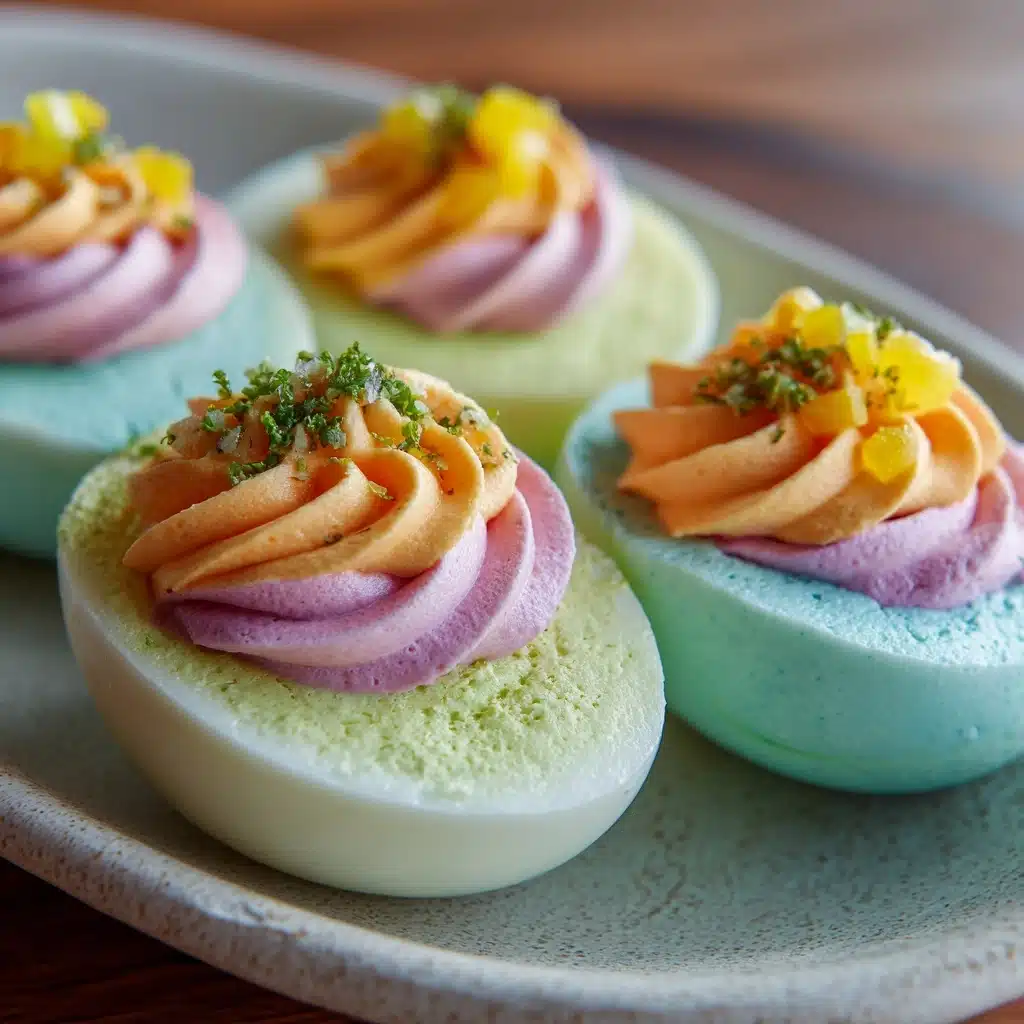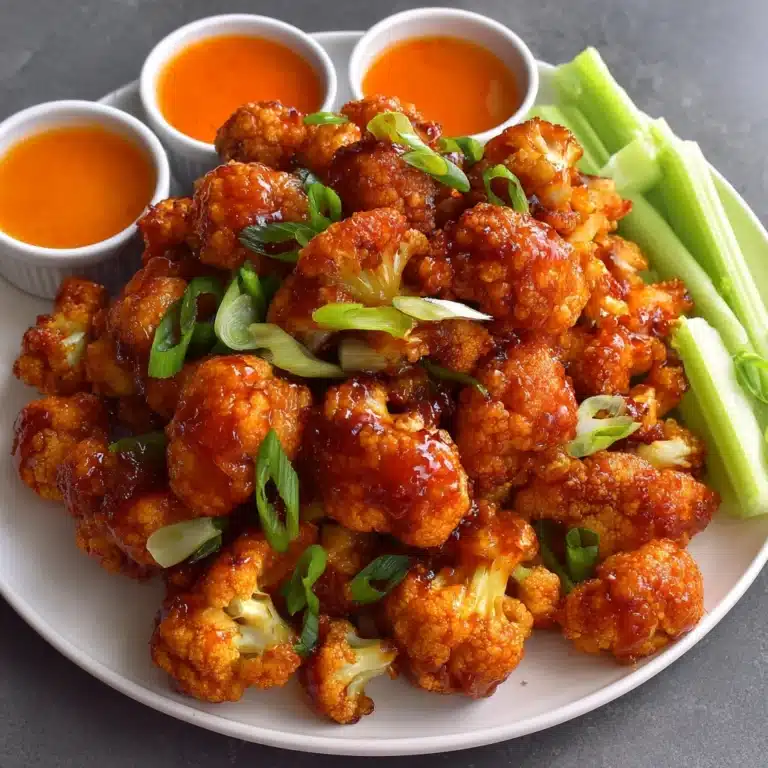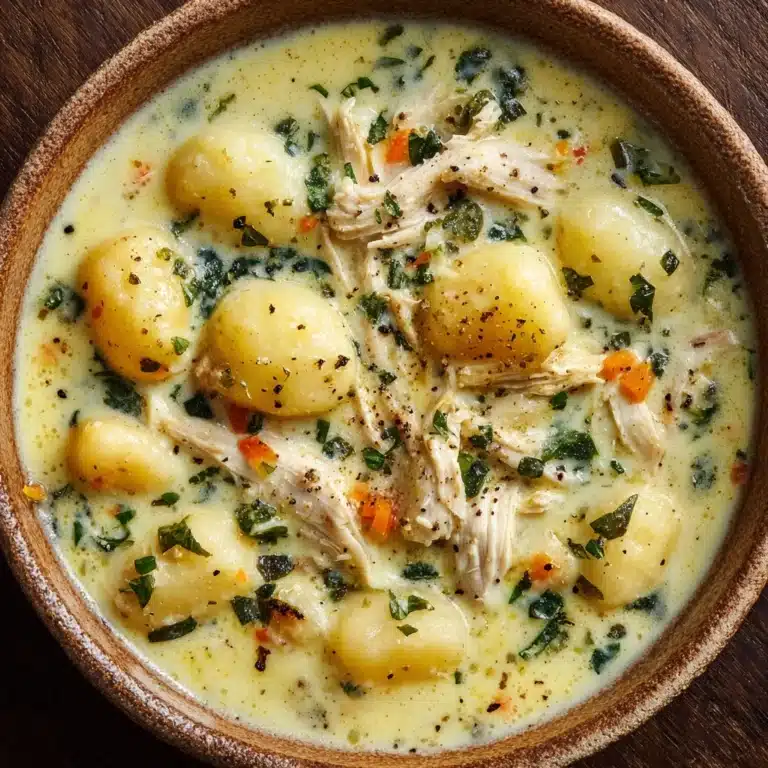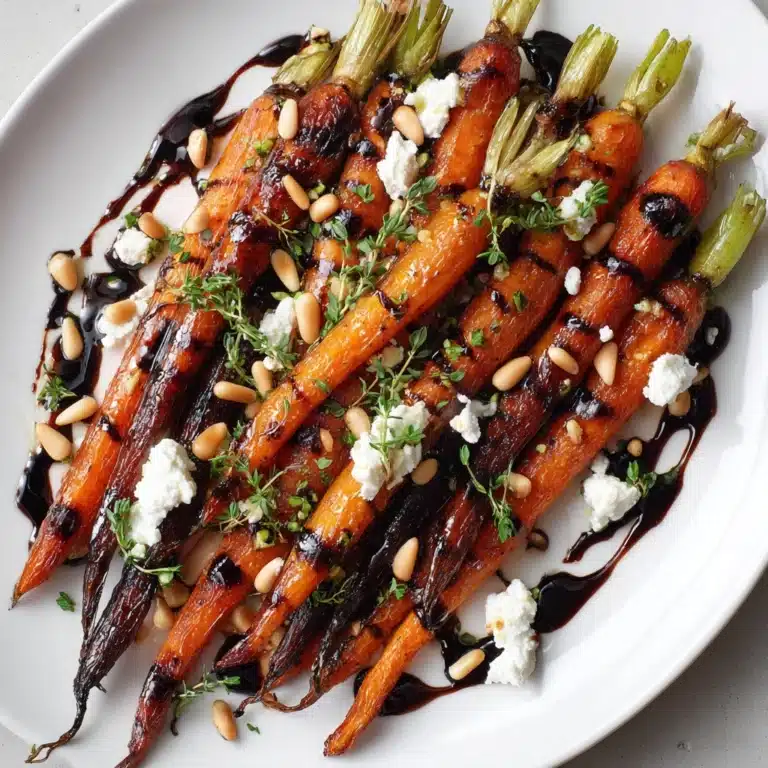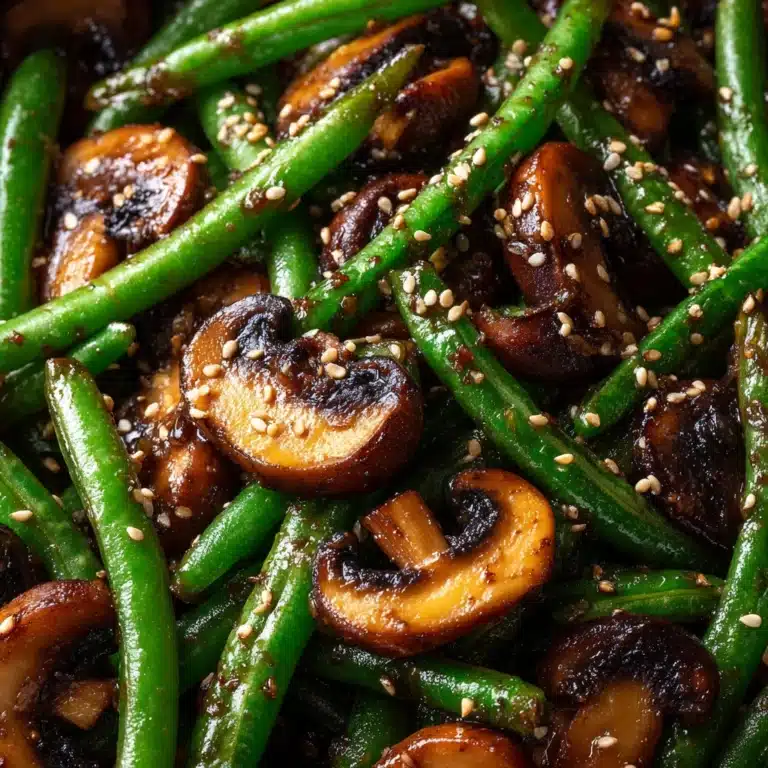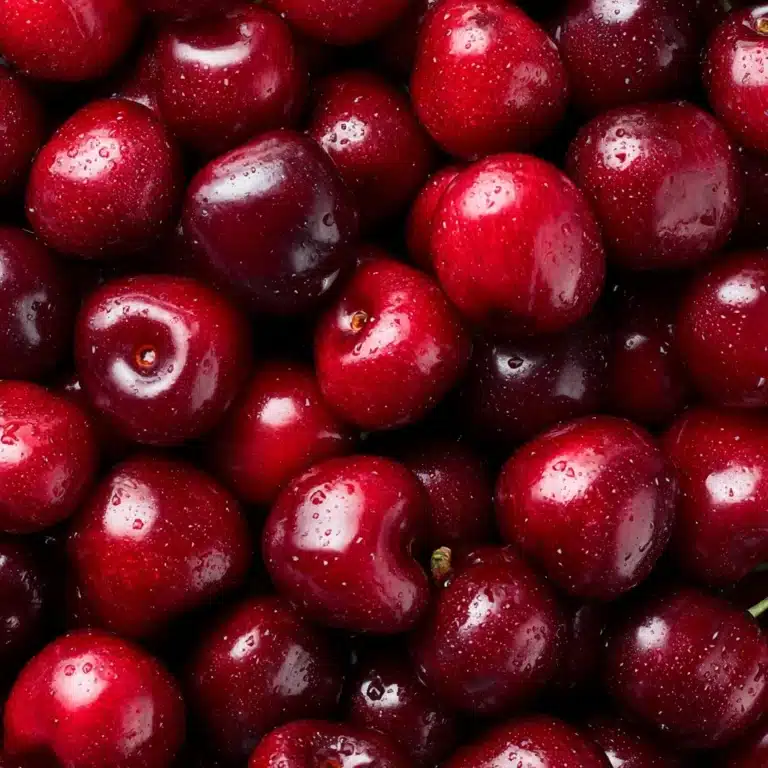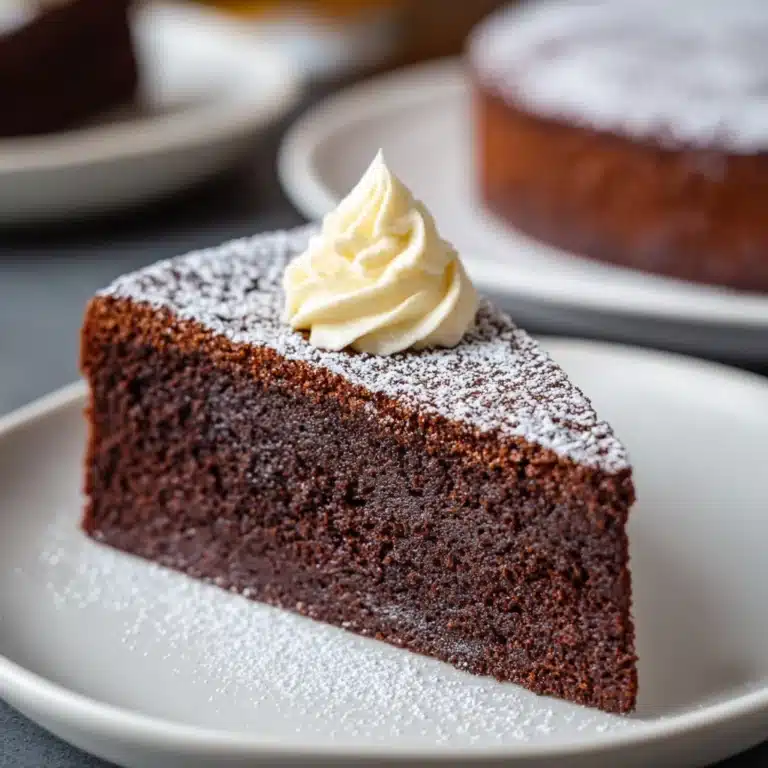There’s something undeniably cheerful about a platter of Easter Deviled Eggs, each one a colorful little bite of spring sunshine! This recipe turns the classic appetizer into a vibrant showstopper—perfect for any spring gathering, Easter brunch, or just bringing a little festive flair to your table. Gently dyed egg whites cradle a creamy, tangy yolk filling that’s impossible to resist. Not only are these eggs delicious, but they also look like edible jewels, guaranteed to spark conversation and smiles the moment you set them out.
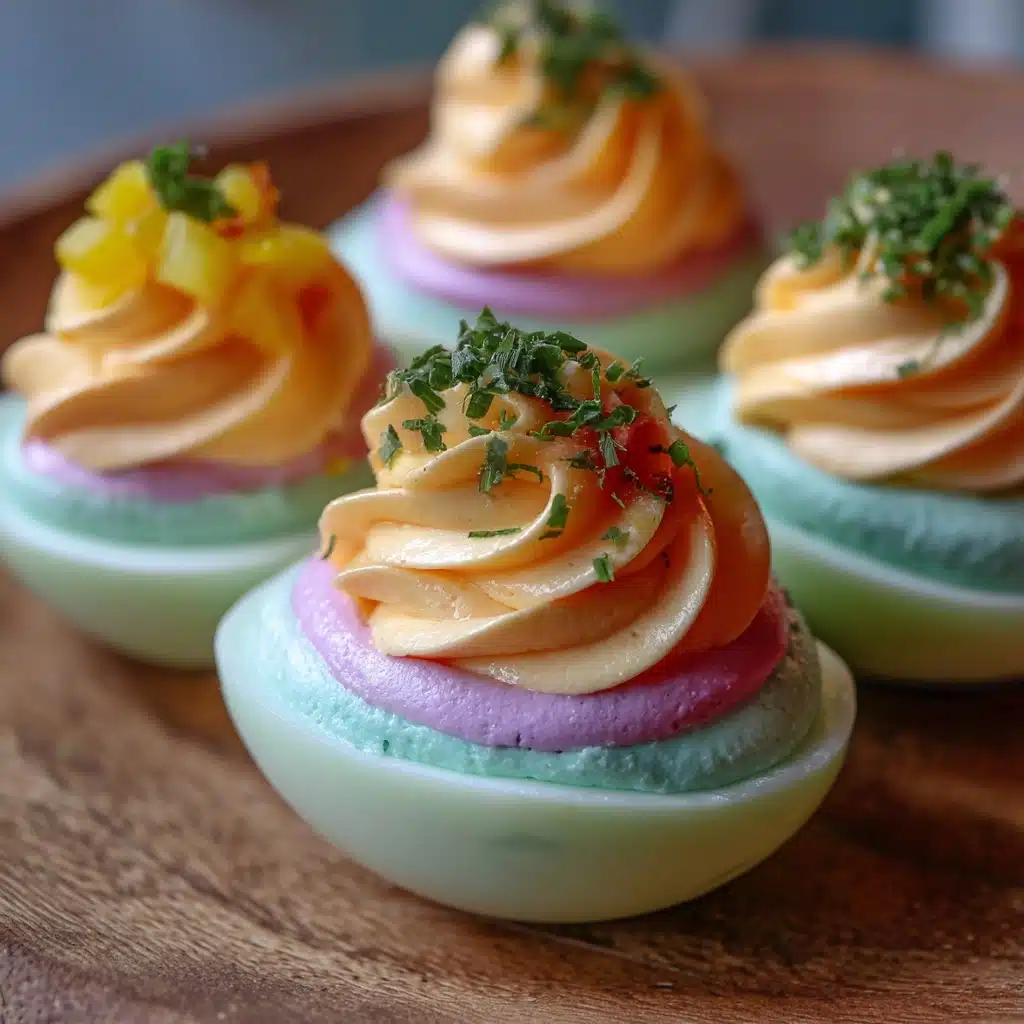
Ingredients You’ll Need
You’ll be amazed by how a handful of simple ingredients can create a dish this eye-catching and flavorful. Each component in Easter Deviled Eggs plays a role—whether it’s bringing that signature creamy texture, a punch of tang, or a pop of color that makes the platter irresistible.
- 6 large eggs: The heart of the recipe, providing that classic firm white and creamy yolk we all love in deviled eggs.
- 3 tablespoons mayonnaise: Adds luscious creaminess and richness to the yolk filling.
- 1 teaspoon Dijon mustard: Brings a subtle zing and depth of flavor that balances the richness.
- 1/2 teaspoon white vinegar: Brightens the flavor of the filling and cuts through the richness perfectly.
- Salt and pepper to taste: Essential for seasoning—taste as you go for a perfectly balanced bite.
- Gel or liquid food coloring (pink, blue, yellow, green): The magic that transforms these into festive Easter Deviled Eggs; use your favorite spring-inspired shades.
- 2 teaspoons white vinegar (for dyeing): Helps the colors latch onto the egg whites for vivid, even hues.
- Water (for dyeing): Dilutes the food coloring and ensures an even soak for dyeing the egg whites.
- Chopped chives or paprika for garnish (optional): Adds a fresh, herby or smoky finish that makes the eggs extra special.
How to Make Easter Deviled Eggs
Step 1: Boil and Cool the Eggs
Start by arranging the eggs in a single layer in a saucepan and covering them with cold water. Bring them to a boil over medium-high heat. Once that rolling boil kicks in, cover the pan, take it off the heat, and let the eggs sit undisturbed for 10 to 12 minutes. This gentle finish gives you just-set, creamy yolks every time. Immediately plunge the eggs into an ice bath to stop cooking and make peeling a breeze.
Step 2: Peel and Halve the Eggs
Once the eggs are cool, carefully peel each one. Don’t rush this part—the smoother the whites, the prettier your Easter Deviled Eggs will be. Use a sharp knife to slice each egg in half lengthwise, then gently pop out those golden yolks and set the whites aside. Try using a small spoon to nudge out stubborn yolks without tearing the delicate whites.
Step 3: Dye the Egg Whites
Now for the fun part! Set up four bowls and in each, mix 1/2 cup water with a few drops of food coloring and 1/2 teaspoon vinegar. Drop the egg white halves into these colorful baths and let them soak for 2 to 3 minutes, or until they reach the intensity you love. Remove the egg whites with a slotted spoon and lay them on paper towels to dry completely. Don’t they look like little gems?
Step 4: Make the Creamy Yolk Filling
With the yolks in a mixing bowl, add mayonnaise, Dijon mustard, 1/2 teaspoon vinegar, and season with salt and pepper. Use a fork to mash everything until perfectly smooth and creamy. Give it a taste—you want it tangy, creamy, and just a little sharp from the mustard and vinegar.
Step 5: Fill and Decorate the Eggs
Carefully spoon or pipe the creamy yolk mixture back into the dyed egg whites. For an extra festive presentation, use a piping bag with a star tip to swirl in the filling. Finish your Easter Deviled Eggs with a sprinkle of chopped chives or a dusting of paprika for that perfect final flourish. Chill until ready to serve, letting the colors and flavors shine.
How to Serve Easter Deviled Eggs
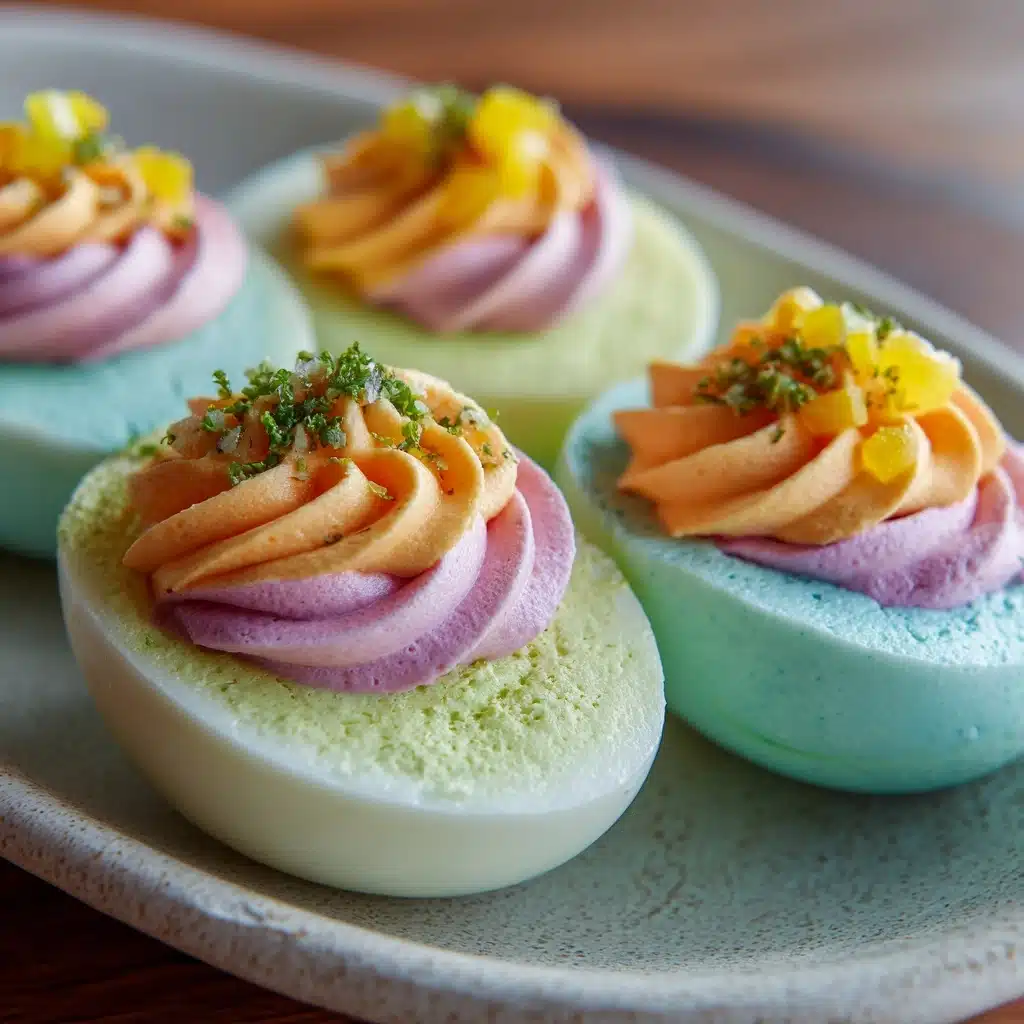
Garnishes
Topping your Easter Deviled Eggs with a flourish of finely chopped chives, vibrant microgreens, or a sprinkle of classic paprika adds an extra burst of color and flavor. For a whimsical twist, you can even dot each egg with tiny edible flowers or colorful sprinkles—just imagine your guests’ faces when they spot those! The garnishes are more than just decoration: they add crunchy texture, fresh flavor, and make each bite feel special.
Side Dishes
These deviled eggs make a wonderful centerpiece on any spring table, easily paired with crisp salads (think arugula, strawberries, and goat cheese), a platter of roasted veggies, or even classic brunch fare like hot cross buns or sweet, tender scones. Their bright colors and zippy filling also play beautifully alongside savory ham, fresh fruit, or a tray of assorted cheeses. There’s no wrong way to build your plate when Easter Deviled Eggs are in the mix!
Creative Ways to Present
Arrange your Easter Deviled Eggs on a classic egg platter, or nestle them onto a bed of vibrant greens for a garden-party feel. For a truly show-stopping look, group the different colored eggs in a rainbow circle or alternate hues for a patchwork effect. Want to delight younger guests? Arrange the eggs to make a “spring flower” by fanning them in a circle with a little bowl of garnish in the center, or add candy “bunny ears” for a whimsical touch!
Make Ahead and Storage
Storing Leftovers
If you find yourself with leftover Easter Deviled Eggs (lucky you!), store them in an airtight container in the refrigerator. Place a piece of parchment or wax paper between layers to help keep them looking their prettiest. They’ll keep well for up to two days; after that, the filling can start to separate and the colors might fade, but they’ll still be safe and delicious to eat within this window.
Freezing
Deviled eggs don’t freeze particularly well, since both the whites and the filling can become watery and lose their creamy texture upon thawing. If you’re trying to plan ahead, it’s best to cook and peel the eggs, then store them (unfilled) in the fridge for a day or two. Wait to fill and color the eggs until just before serving—the results will be fresher and more vibrant.
Reheating
Deviled eggs are best enjoyed chilled or at cool room temperature, so there’s no need to reheat them. If you do want to take the chill off, simply let them sit out for 10 to 15 minutes before serving, but avoid microwaving as that can alter their flavor and texture. The filling tastes freshest straight from the fridge!
FAQs
Can I use natural food coloring for Easter Deviled Eggs?
Absolutely! Beet juice, turmeric, matcha powder, or even red cabbage water are all excellent natural dye options. They’ll yield slightly softer hues but still create a beautiful, festive effect for your deviled eggs.
What’s the best method to ensure easy peeling of hard-boiled eggs?
The ice bath is a game changer—immediately transferring boiled eggs to ice water helps contract the egg whites away from the shell, making peeling much easier. Using slightly older eggs (as opposed to farm-fresh) also results in cleaner peels.
Can I make the filling ahead of time?
Yes, you can prep the filling up to two days in advance! Store it in a sealed piping bag or container in the fridge. For best texture, fill the egg whites just before serving so everything stays as creamy and fluffy as possible.
Is there a dairy-free way to make Easter Deviled Eggs?
Definitely. Just swap your favorite plant-based mayonnaise in place of the regular mayo. The result is just as creamy and tangy, perfect for any guests with dairy allergies or preferences!
Can I double or triple this recipe?
Yes! This recipe scales up beautifully. As long as you have enough boiling space and dye bowls, you can make as many Easter Deviled Eggs as your heart (and your party) desires.
Final Thoughts
If you’re looking for a dish that’s easy, festive, and utterly crave-worthy, these Easter Deviled Eggs fit the bill perfectly. Watching friends and family light up at the playful colors and luscious filling is a treat that never gets old. Give this recipe a try, share your own colorful creations, and make your next gathering just a little more magical!
Print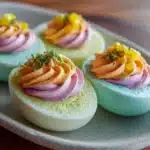
Easter Deviled Eggs Recipe
- Total Time: 32 minutes
- Yield: 12 deviled eggs 1x
- Diet: Gluten-Free, Vegetarian
Description
Celebrate Easter with these colorful and delicious deviled eggs that are perfect for any spring gathering. The classic deviled egg recipe gets a fun twist with vibrant dyed egg whites, making them a festive addition to your holiday table.
Ingredients
For the Deviled Eggs:
- 6 large eggs
- 3 tablespoons mayonnaise
- 1 teaspoon Dijon mustard
- 1/2 teaspoon white vinegar
- Salt and pepper to taste
- Gel or liquid food coloring (pink, blue, yellow, green)
- 2 teaspoons white vinegar (for dyeing)
- Water (for dyeing)
- Chopped chives or paprika for garnish (optional)
Instructions
- Cook the Eggs: Place the eggs in a saucepan and cover with cold water. Bring to a boil, then cover, remove from heat, and let sit for 10–12 minutes. Transfer to an ice bath to cool.
- Prepare the Egg Whites: Peel the eggs, slice in half lengthwise, and remove the yolks. Prepare separate dye baths with water, food coloring, and vinegar. Dye the egg whites for 2–3 minutes.
- Make the Filling: Mash the yolks with mayonnaise, mustard, vinegar, salt, and pepper until smooth.
- Fill the Eggs: Spoon or pipe the filling into the dyed egg white halves.
- Garnish and Serve: Garnish with chopped chives or paprika. Chill before serving.
Notes
- You can use a piping bag with a star tip for a more festive look.
- Customize the colors to match your Easter theme or spring décor.
- Prep Time: 20 minutes
- Cook Time: 12 minutes
- Category: Appetizer
- Method: Boiling
- Cuisine: American
Nutrition
- Serving Size: 1 deviled egg
- Calories: 70
- Sugar: 0 g
- Sodium: 110 mg
- Fat: 6 g
- Saturated Fat: 1.5 g
- Unsaturated Fat: 3.5 g
- Trans Fat: 0 g
- Carbohydrates: 0.5 g
- Fiber: 0 g
- Protein: 3 g
- Cholesterol: 95 mg
